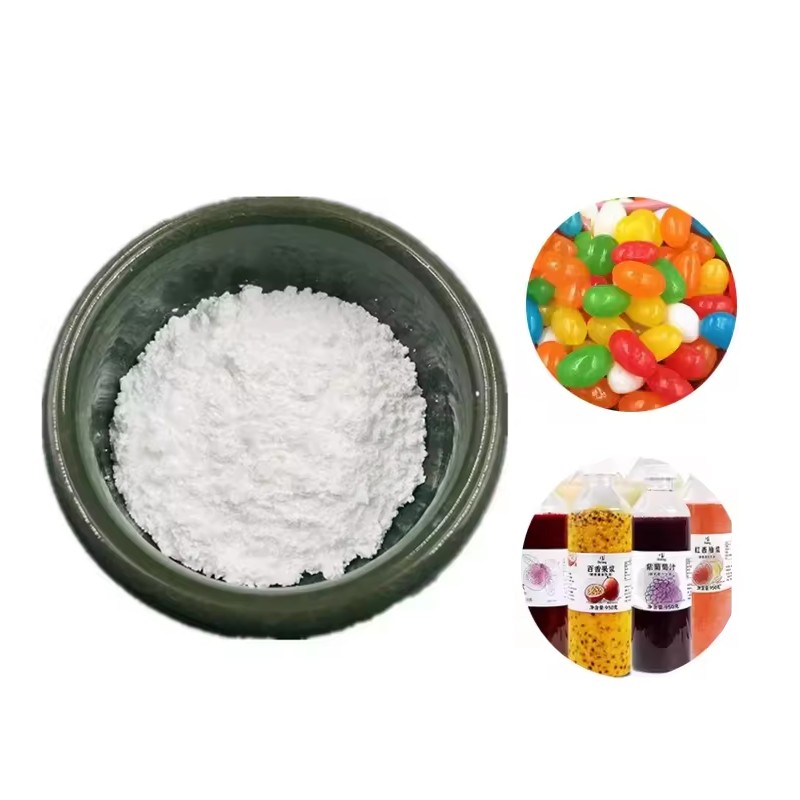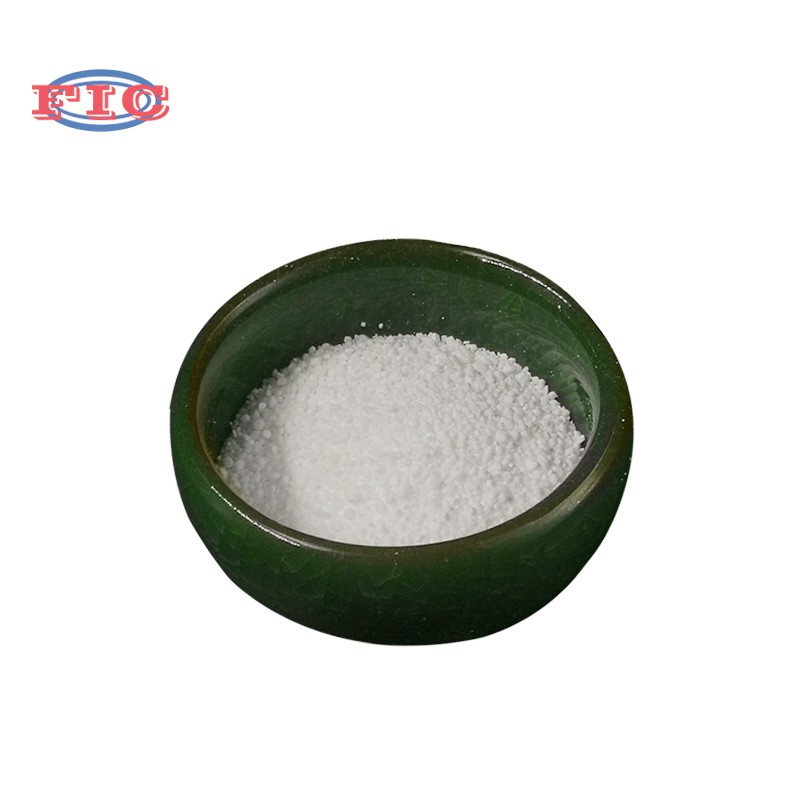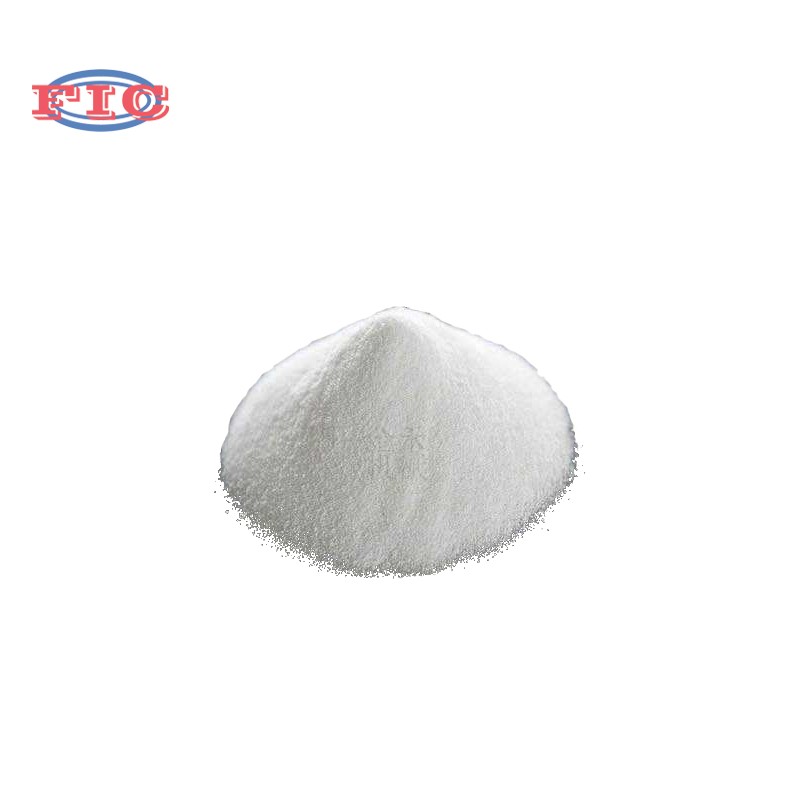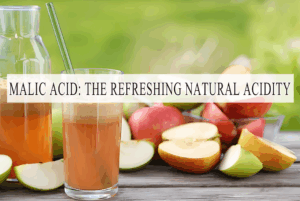Whether you’re a food industry professional, a healthcare provider, or someone curious about common chemical compounds in daily products, fumaric acid is a substance worth understanding. It’s not just a lab chemical—you’ll find it in everything from your favorite snacks to prescription medications. In this guide, we’ll break down what fumaric acid is, its key properties, where it’s used, and whether it’s safe

What Is Fumaric Acid?
Fumaric acid has the chemical formula C₄H₄O₄ and is an organic compound classified as a dicarboxylic acid. It’s naturally found in small amounts in some plants such as mushrooms, lichens and citrus fruits, Fumaric acid isn’t just found in plants. The skin naturally produces fumaric acid when exposed to sunlight, and that’s how it was first used to treat an autoimmune disease called psoriasis. This condition is believed to be a genetic disease caused by environmental factors and has the following symptoms: itchy, red skin.
Commercially, most fumaric acid isn’t harvested from natural sources because it’s too low in concentration. Instead, it’s made industrially through the isomerization of maleic acid—a process where maleic acid, another common acid, is heated or treated with catalysts to convert it into fumaric acid. This method is cost-effective and produces high-purity fumaric acid, which is why it’s used in most consumer products.
Key Properties of Fumaric Acid
To understand why fumaric acid is so useful, let’s look at its core physical and chemical traits—no complex jargon, just what matters for real-world use:
Physical appearance: A white, odorless powder with a slightly sour taste similar to citrus but milder.
Solubility: Slightly soluble in water, about 0.63 grams per 100 milliliters at 25°C, but more soluble in ethanol or acetone. This makes it easy to mix into liquid or semi-solid products without clumping.
Stability: It’s heat-stable, meaning it doesn’t break down easily at high temperatures, and non-hygroscopic, so it doesn’t absorb moisture from the air. This is critical for food preservation and pharmaceutical formulations.
Acidity: It has a low pH, around 2.5 in aqueous solutions, which makes it effective at regulating acidity in products.
Common Uses of Fumaric Acid

Fumaric acid’s versatility comes from its properties—here’s where you’ll actually find it, with specific examples:
1. Food Industry (Most Widespread Use)
The U.S. Food and Drug Administration (FDA) classifies fumaric acid as a Generally Recognized as Safe (GRAS) substance, meaning it’s safe for consumption in recommended amounts. Its main roles here are:
Acidity regulator: It lowers the pH of foods to prevent bacterial growth. Examples include baked goods, fruit juices and processed meats like sausages.
Flavor enhancer: Its mild sourness adds a tangy note to snacks such as potato chips and candy, and to beverages without overpowering other flavors.
Leavening agent: When mixed with baking soda, it reacts to release carbon dioxide, helping bread, cakes and pastries rise.
2. Pharmaceutical Industry
Fumaric acid and its derivatives like fumaric acid esters (FAEs) are used in medications for two key reasons:
Treatment of psoriasis: FAEs such as dimethyl fumarate reduce inflammation in the skin, a core symptom of this autoimmune condition. The FDA approved dimethyl fumarate for psoriasis in 2013.
Treatment of multiple sclerosis (MS): The same derivative, dimethyl fumarate, is used to slow MS progression by protecting nerve cells from damage.
Excipient (inactive ingredient): Pure fumaric acid is sometimes added to tablets or capsules to improve dissolution—helping the drug break down in the body—or to stabilize the active ingredient.
3. Other Uses
Animal feed: Added to livestock feed as a preservative and acidifier, helping prevent mold growth and improve digestion.
Resins and plastics: Used in manufacturing unsaturated polyester resins for fiberglass, boats and pipes to speed up curing (hardening) time.
Is Fumaric Acid Safe?
Approved as a food additive with the E number E297 and as a pharmaceutical ingredient.
Safety is a top concern for any compound used in food or medicine—and fumaric acid has strong support from regulatory bodies:
1. Regulatory Approvals
FDA (U.S.): GRAS status for food use, with no set “upper limit” for consumption since it’s naturally present in the body and excess is excreted.
JECFA (Joint FAO/WHO Expert Committee on Food Additives): Established an Acceptable Daily Intake (ADI) of “not specified,” meaning JECFA found no evidence of harm even at high intake levels.
EU:Approved as a food additive with the E number E297 and as a pharmaceutical ingredient.
- Oral irritation: High concentrations such as pure powder can irritate the mouth, throat or stomach if ingested directly. This is why it’s always diluted in products.Bahasa Indonesia:
- Allergic reactions: Very rare, but some people may develop a skin rash or hives if they come into contact with high doses. This is more common with pharmaceutical derivatives than pure fumaric acid.Bahasa Indonesia:
- Medication side effects: For people taking FAEs for psoriasis or MS, side effects like flushing, diarrhea or nausea may occur. These are due to the derivative, not pure fumaric acid, and usually fade over time.












